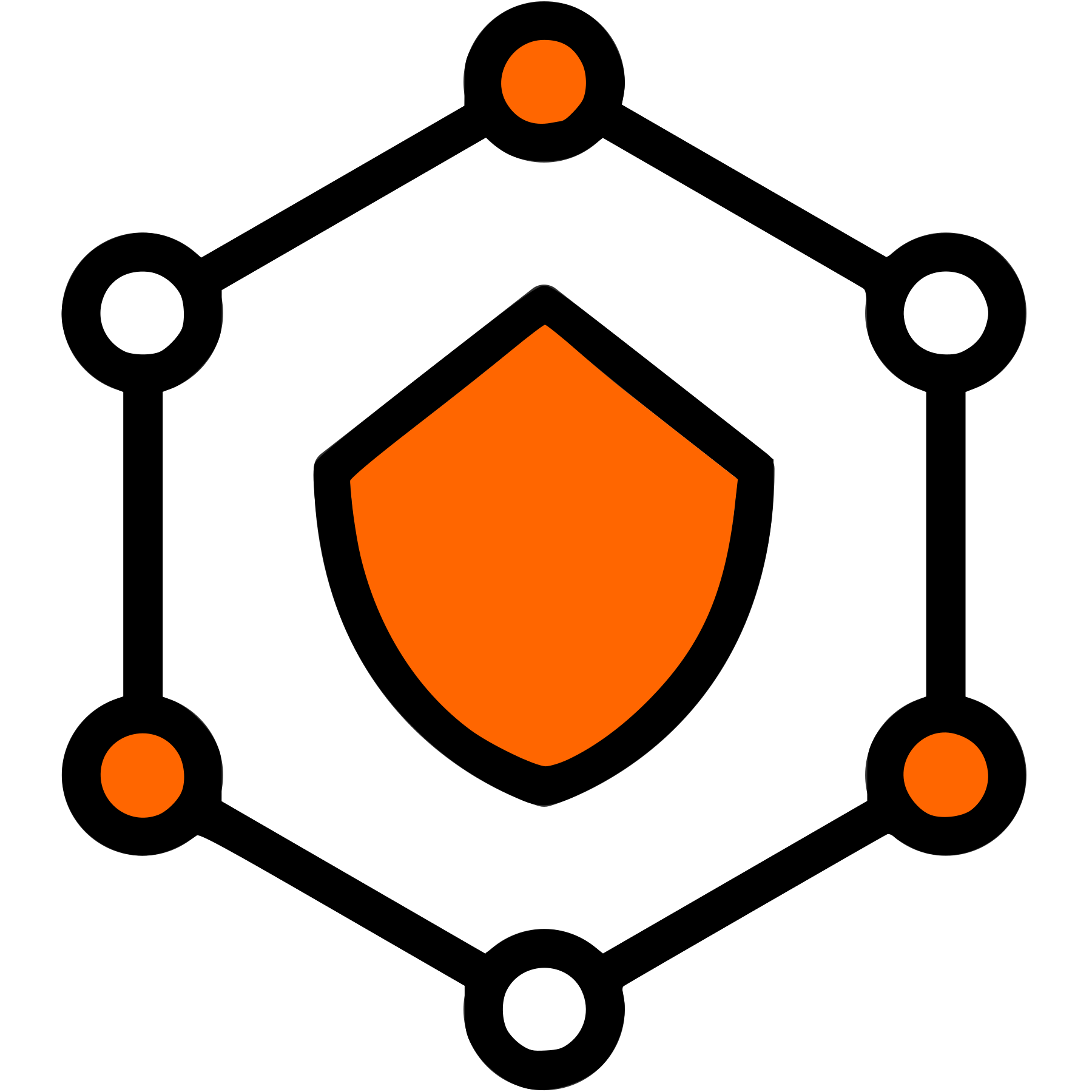How Do You Detect Carbon Monoxide?.xml NESTR_schema.xsd (Version 2)
How Do You Detect Carbon Monoxide?
Description: You can’t see it, smell it or taste it. And in abundance, it can kill within minutes. Carbon monoxide, sometimes called the invisible killer, is a gaseous byproduct of incomplete combustion that can seep from broken or misused heating systems at hazardous levels. Faulty stoves or furnaces and vehicles or portable generators operated indoors are all potential culprits of carbon monoxide poisoning, which kills hundreds of people and hospitalizes tens of thousands every year in the U.S. Fortunately, we have carbon monoxide detectors to warn us before we’re in danger. Carbon monoxide flies under the radar of human senses, but carbon monoxide detectors take advantage of how the chemical alters the color or the electrical resistance of certain materials or fosters electrochemical reactions to measure how much of the gas is in the air.
Teaching tips:
- 5 to 30 minutes teaching time
- Discuss the impact of installing carbon monoxide detectors in homes, schools, commercial and other buildings.
- Describe the symptoms of carbon monoxide poisoning.
- Identify at least one strategy to stay safe from carbon monoxide.
- Explore the related HDYMI question “How do smoke detectors work?"
Resource owner information:
- Ben Stein
- [email protected]
- Public Affairs
- 10 - Director's Office (NISTDO)
- 107 - Public Affairs Office
Resource dates:
- Created on August 23, 2021
- Last updated on July 11, 2024
- Reviewed on July 11, 2024
Resource type:
- Educational Resource: Article
Resource formats:
- Webpage
- Image
School subjects:
- STEM: Biology and Life Sciences
- STEM: Chemistry
- STEM: Engineering
- STEM: Environmental Science
- STEM: Physical Science (General)
Keywords:
- Safety
- Home
- Health
- Concentration
- Exhaust
- Generator
- Electrochemical
- Electrolyte
- Current
- Lung
- Engine
Topics:
- Research at NIST: Bioscience
- Research at NIST: Chemistry
- Research at NIST: Environment
- Research at NIST: Forensic Science
- Research at NIST: Health
- Research at NIST: Public Safety
Instructional levels:
- Middle (6-8)
- High School (9-12)
- Undergraduate Intro
Target audiences:
- Students
- Parents
- Educators
- Professionals
- Outreach Ambassadors
- General Public
Language:
- English


